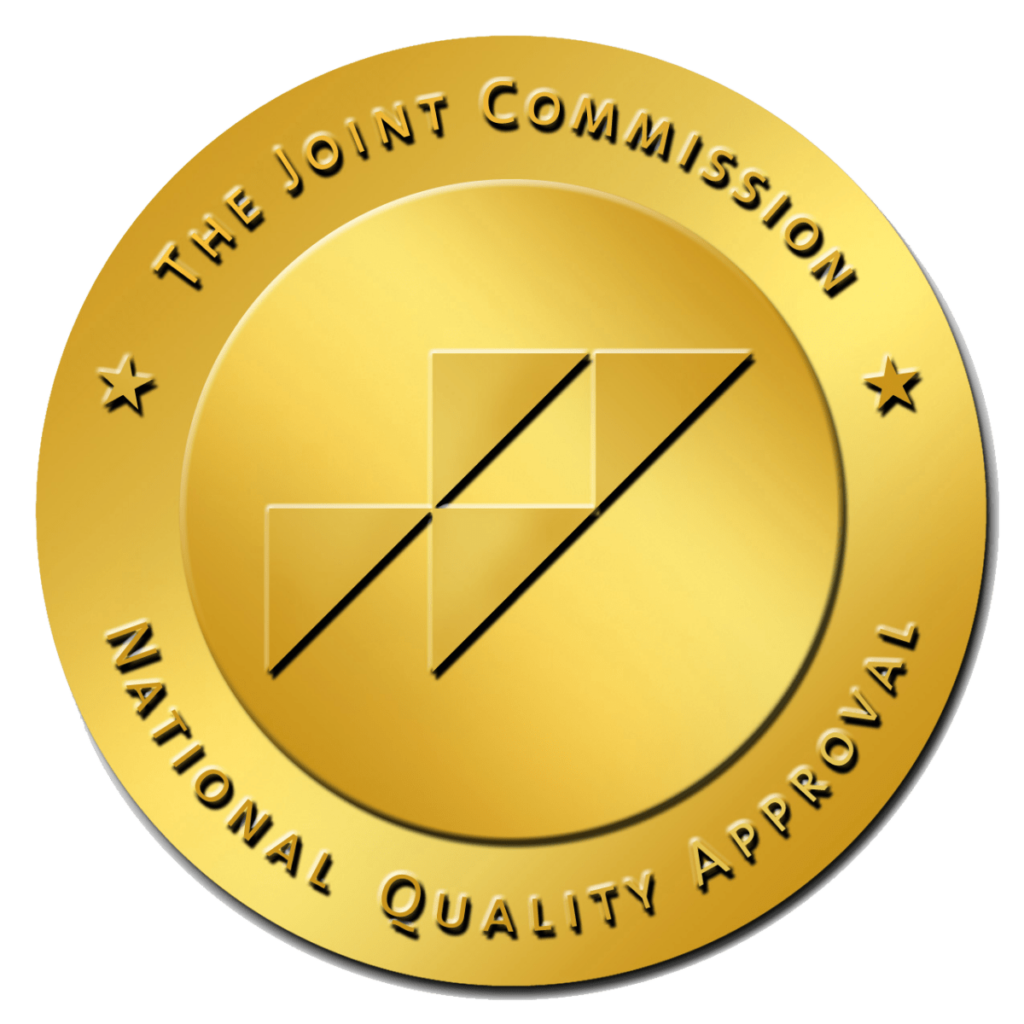Choose Facility
In a world where our words can travel faster and farther than ever before, the impact of what we say and how we say it has never been more significant. Verbal bullying, defined as the use of words to degrade, intimidate, or harm another person, is a pervasive issue that deeply affects many children and teenagers today. Whether it happens in the hallways at school, over social media, or within social circles, verbal bullying can leave lasting scars that are often unseen and unheard.
Understanding verbal bullying is the first step towards creating safer and more inclusive environments for our children. By increasing awareness and fostering empathy, we can contribute to a society where every child feels respected, valued, and confident to speak out about the many bullies that hide behind their victim’s fearful secrecy and cause long-term damage in their victims.
To stop verbal bullies, we must raise awareness about verbal abuse
Verbal bullying often leaves psychological wounds that are invisible to the untrained eye. By emphasizing the serious emotional damage it can inflict, such as inducing anxiety, depression, or lower self-esteem, we can underscore the gravity of the issue to all individuals involved. This understanding is vital not only for the victims and the perpetrators but also for bystanders who could potentially intervene and offer support.
- Understanding the Issue: Many people, especially children and teenagers, may not fully understand what constitutes verbal bullying. They might view it as harmless teasing or normal social interaction. By raising awareness, we can help individuals recognize verbal bullying when it happens, whether they’re the victim, the perpetrator, or a bystander.
- Recognizing the Impact: Verbal bullying often leaves psychological scars that are not visible to the naked eye. By discussing its potential to cause emotional harm, such as anxiety, depression, or lower self-esteem, we can help everyone understand the seriousness of the issue.
- Promoting Empathy: Raising awareness often involves sharing personal stories and experiences. This can promote empathy, making it less likely for individuals to engage in verbal bullying and more likely for bystanders to intervene.
- Encouraging Reporting: Many victims of verbal bullying do not report their experiences due to fear, shame, or a belief that they won’t be taken seriously. By raising awareness about the importance and safety of reporting, we can encourage more victims to come forward.
- Informing Policies and Interventions: Increased awareness can lead to more informed and effective policies and interventions at various levels, including schools, families, and governmental bodies. This, in turn, can contribute to a decrease in the prevalence of verbal bullying.
- Providing Support: Raising awareness about verbal bullying also includes sharing information about resources and support for victims. This can help them cope with their experiences and recover from the impact.
Different types of verbal bullying behaviors
It is important to note that verbal bullying is not just about what is said, but also how it is said, the intent behind it, and the effect it has on the victim. Here are some of the different types of verbal bullying:
- Insults and Name-Calling: This is perhaps the most recognizable form of verbal bullying. It involves calling someone derogatory names or insulting them in a way that belittles, humiliates, or demeans them.
- Teasing and Mocking: This involves name-calling and making fun of someone in a cruel or hurtful way. It could be about their appearance, their abilities, their interests, or anything else that makes them feel embarrassed or uncomfortable.
- Threatening: This involves using words to instill fear or discomfort. The bully may threaten physical harm, social ostracism, or other negative consequences to intimidate the victim.
- Sarcasm and Cruel Criticism: This form of verbal bullying involves the use of harsh, often sarcastic comments to belittle or degrade someone. It can be particularly damaging because it often involves a level of subtlety that makes it difficult for victims or bystanders to recognize it as bullying.
- Gossip and Rumors: This involves spreading false or damaging information about someone to harm their reputation or relationships. Even though it might not involve direct communication with the victim, it is a form of verbal bullying because it uses words to cause harm.
- Cyberbullying: This is a form of verbal bullying that happens online. It can include all the above forms of verbal bullying but is done through digital communication tools like social media, messaging apps, or online gaming platforms.
Each of these forms of verbal bullying can have a serious impact on the mental and emotional well-being of young people. Recognizing and understanding these different types is a crucial step toward preventing and addressing verbal bullying.
How to stop verbal bullying behavior
Unlike physical bullying, the symptoms and signs of verbal bullying behavior are often difficult to detect. Often, bullying occurs in grade school and high school, but it can also Here are some practical ways you can take action against verbal bullying:
1. Understanding and Identifying Verbal Bullying: Awareness is the first step towards action. Understand what constitutes verbal bullying, its various forms, and signs to look for in victims. This will help in identifying cases of verbal bullying promptly.
2. Open and Honest Communication: Encourage open discussions about bullying. This can be in schools, at home, or in community gatherings. Victims often suffer in silence due to fear or embarrassment. Open discussions can help them understand that it’s okay to speak up.
3. Encourage Reporting: Ensure there are safe and confidential ways for victims and witnesses to report instances of bullying. This could be a trusted adult, a suggestion box, or an anonymous online form.
4. Educate about Empathy and Respect: Incorporate teachings about empathy, respect, and kindness into curriculums or daily routines. This helps in creating a positive and respectful environment where bullying is less likely to thrive.
5. Bystander Intervention: Encourage bystanders and fellow students to take action when they witness a person bullying another person. Fellow students can support the victim, distract the bully, or report the incident to a trusted authority.
6. Involve the Community: Engaging the entire community, including parents, teachers, close friends, and local leaders, can be highly effective. This collective approach ensures a consistent message against bullying across all areas of a child’s life.
7. Policies and Consequences: Implement clear anti-bullying policies and enforce consequences for breaching them. This will deter potential bullies and assure victims that their complaints will be taken seriously.
8. Professional Help: In cases where bullying has led to severe emotional distress, professional help from psychologists or counselors should be sought. They can provide coping strategies and therapeutic interventions for both victims and bullies.
9. Online Safety: Teach children about online safety and etiquette. As cyberbullying becomes more prevalent, children must understand how to protect themselves and behave respectfully online.
Remember, combating verbal bullying is a community effort. It’s about creating a culture of respect and kindness, where everyone understands that bullying is unacceptable.
Helping verbally bullied overcome the effects of verbal bullying
Ascend Behavioral Health, with its spectrum of comprehensive mental health services, is well-positioned to provide help to victims of verbal bullying. It can be challenging to overcome the effects of verbal bullying, which can include a range of mental health challenges like depression, anxiety, and low self-esteem. In extreme cases, verbal bullies can damage their victim’s sense of self, openness to relationships, and overall quality of life. Ascend’s evidence-based treatments are designed to address these issues and restore mental well-being.
- Residential Inpatient Treatment: Victims of severe verbal bullying might experience significant mental health issues that could disrupt their everyday life. For these individuals, Ascend offers a residential inpatient treatment program. This program provides intensive care for teens struggling with severe mental health challenges such as depression and anxiety, which can often be the result of persistent bullying. The residential treatment program includes psychological assessment, individualized treatment plans, daily group therapy, integrated individual, and family therapy, academic assistance, and medication management. This program focuses on crisis stabilization and restoring health and well-being, which can be extremely beneficial for bullying victims who are in severe distress.
- Partial Hospitalization Program (PHP): The PHP serves teens with a wide range of mental health conditions, which might include conditions triggered or exacerbated by verbal bullying. These conditions can include depression, anxiety, trauma, and more. The PHP provides a high level of support and is a great transition for those discharged from inpatient and/or residential programs. It includes initial psychological assessment, medication evaluation, individualized treatment plans, daily group therapy, experiential therapies, weekly individual therapy, and weekly follow-up psychiatry visits, among others. These services help verbal bullying victims and their family deal with verbal abuse by providing them with a safe space to express their feelings and learn coping strategies and deal with verbal bullies.
- Intensive Outpatient Program (IOP): The IOP offers high-quality mental health care and is designed to help when life feels unmanageable. It includes regular group therapy and weekly one-on-one sessions with a therapist and focuses on teaching coping skills, understanding and controlling emotions, and navigating relationships and family life. The IOP for Kids aged 9-12 operates from Tuesday through Thursday from 2:30 PM – 5:30 PM, and for kids aged 13-17, it operates from Monday through Thursday from 3:30 PM – 6:30 PM. The IOP can be especially beneficial for victims of bullying, as it provides them with the tools to handle their emotions and develop resilience.
If you, a family member, or a close friend has been a victim of verbal bullying and is struggling with its effects, reach out to Ascend Behavioral Health for evidence-based treatments that aid in bullying prevention. It could be an important step toward recovery.

All Rights Reserved © by Sierra Meadows Behavioral Health | Website Sitemap | Privacy Policy | Billing Policy
Certified by the State Department of Health Care Services. Certification Number: 100008AP. Expiration Date: 12/31/2025

